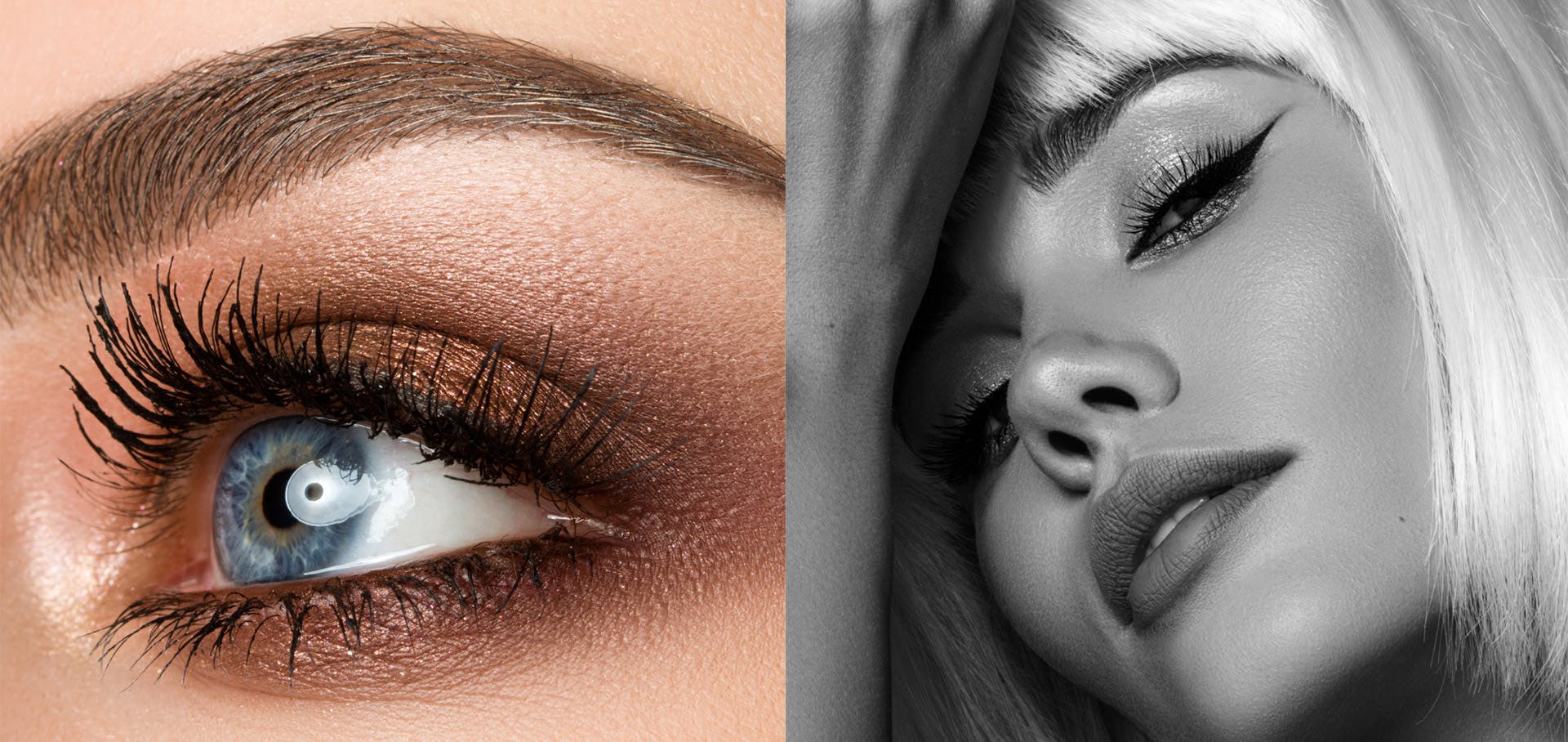Dr. Soroudi is a highly respected expert in oculoplastic surgery, an area of specialization focused on treating the eyelids, the muscles surrounding the eyes, the tear ducts, and other eye-related structures.
Symptoms of ectropion
As this condition develops, several symptoms occur:
- Watery eyes: Natural tears that cannot drain through the eye structure flow over the eyelid.
- Dry eyes: The eyeball feels dry and gritty.
- Irritated eyes: As the tears either pool and become stagnant or the eyes grow excessively dry, a burning sensation can occur, along with redness.
- Light sensitivity: As the cornea becomes irritated, light sensitivity can occur.












